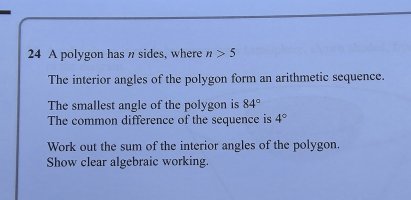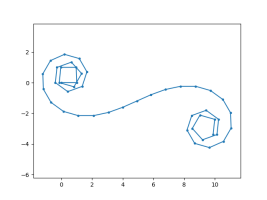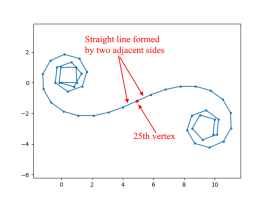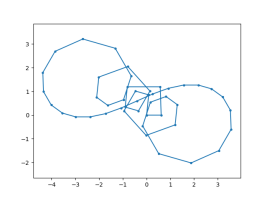I don't believe anyone suggested that one should "write out the sequence" (it was a simple matter to calculate that the 25th term in the sequence would be 180°) and, clearly, the required sequence did reach beyond that (25th) term!
Yes, I missed that fact that the actual (supposed) solution is beyond the 25th term. I was supposing that the OP had not actually found that solution, because there was no mention of that. And I probably didn't think carefully about what everyone had said, because I had just come back from a trip and was reading too fast. Or because I was focused on the confusion I mentioned about the meaning of "have 180°", which you also pointed out less directly than I did.
You are entirely right. The difficulty in the problem is precisely that,
after finding the "solution", one needs to think about the entire sequence in order to see that such a polygon is, at the least, questionable.
I can imagine some contexts in which one would accept a 180° angle in a polygon, though I didn't find any such explicit statements, though many just fail to mention it; definitions do vary (e.g. some allow self-intersection). What interests me more is how a polygon can have so many
reflex angles (making it very
concave, if not necessarily
self-intersecting).
On reading the problem yet again, though, I see that the angles forming the sequence do not have to be arranged in order (64, 68, 72, ...)
consecutively around the polygon, but might largely
alternate between large and small, which might help.
I left this unsent for some time to ponder whether the polygon can actually exist; I see that others have now discovered this issue, but appear to be assuming the sequence has to be in order. I don't intend to dig any deeper, as it is obvious that the author of the problem can't have intended anyone to actually visualize the "polygon".




